Cecile Lobert’s unique art compositions continue to astound audiences as her projects tour the Middle East. A distinctively wired abstract expressionist, this non-verbal artist’s compositions are seen as the culmination of a genre—perhaps abstract expressionism’s natural evolution and end point?
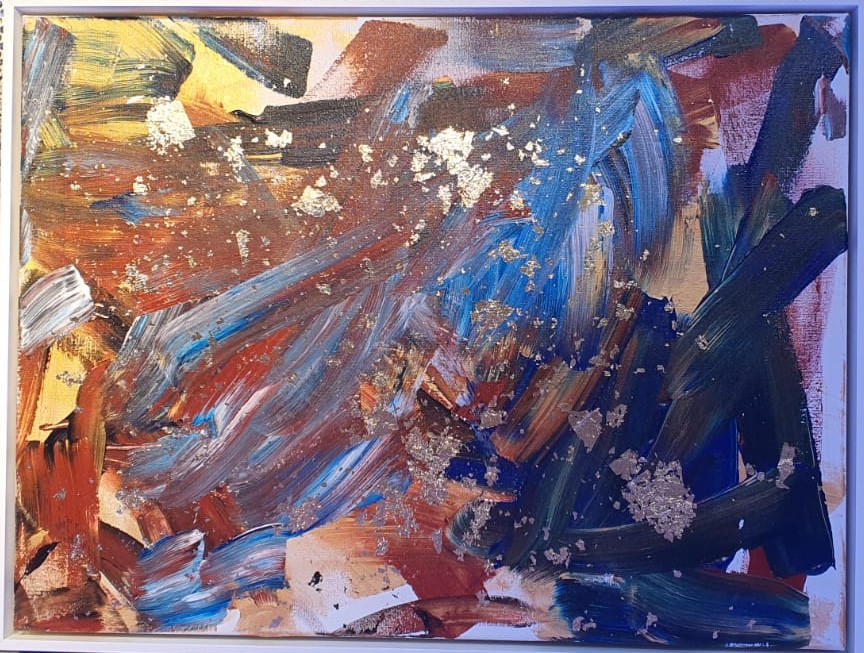
Abstract expressionism. An art genre characterized by the depiction of raw emotions through artistic spontaneity. This broad movement in American painting began in the late 1940s and became a dominant trend in Western painting during the 1950s. Breaking away from established standards in both technique and subject, this art is about works that reflect the artist’s individual psyche—tapping into their inner sources. This is all about freedom and improvisation, with a high importance to process. Their work is an emphasis on active, energetic action, in contrast to a contemplative, logical focus with the imagery being primarily abstract. It is abstract expressionism that fully freed audiences from anything imposed, whilst challenging them to stretch their minds and find previously non-identified emotions within.
However, such an endeavor is challenging for artists who’ve inexorably been and continue to be subject to external influences themselves. But what if certain artists could offer just that, except unblemished? Entirely emancipated from any naturally absorbed paradigms?
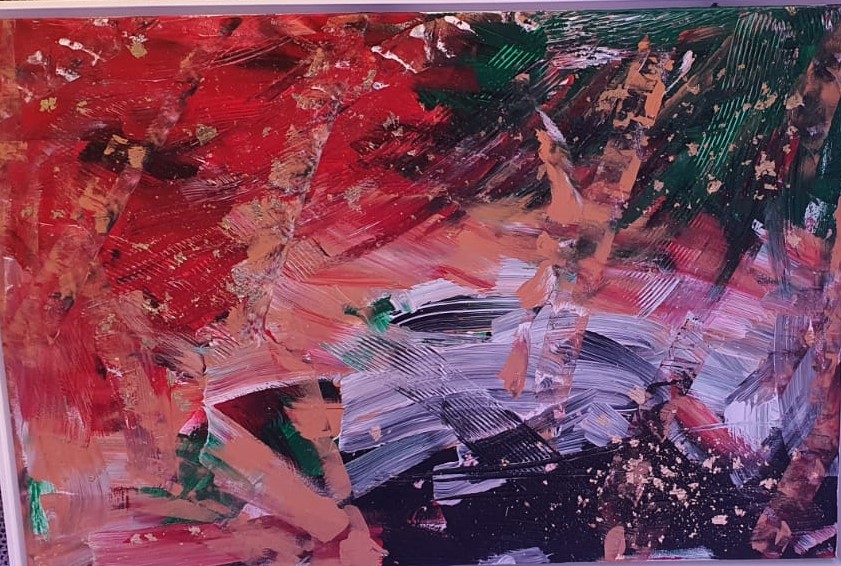
This wouldn’t be possible, unless an artist were neurodiverse—to a degree where gender, culture, education, norms, money, social provenance, race and more, was simply unknown and therefore irrelevant. As an alternate wiring of the mind, autism and therefore neurodiversity gifts us the human consciousness in its purest form. What Cecile Lobert offers us, therefore, is a window into a human consciousness physiologically free from everything ours comprises of.
What and who are we truly without our accrued imprints? It is Lobert’s art that holds the answer to this question, by acting as a vehicle to discover the untouched core within us. Where artists work at tearing down social biases, Lobert knows nothing other than this experiential space so sought-after.
Diagnosed with autism by the age of three, the non-verbal Belgian artist has stirred conversation in the art world. Her compositions establish a style perhaps best-known for its liberation from prescriptive outlooks and references, offering deeply felt compositions from a rarefied place— traversing the rift wrought by the void of language and social instruction. Cecile sees the world in vibrant colors: alluring oranges and yellows, flaming reds, soothing blues, the gold in her UAE series, and soothing greens.
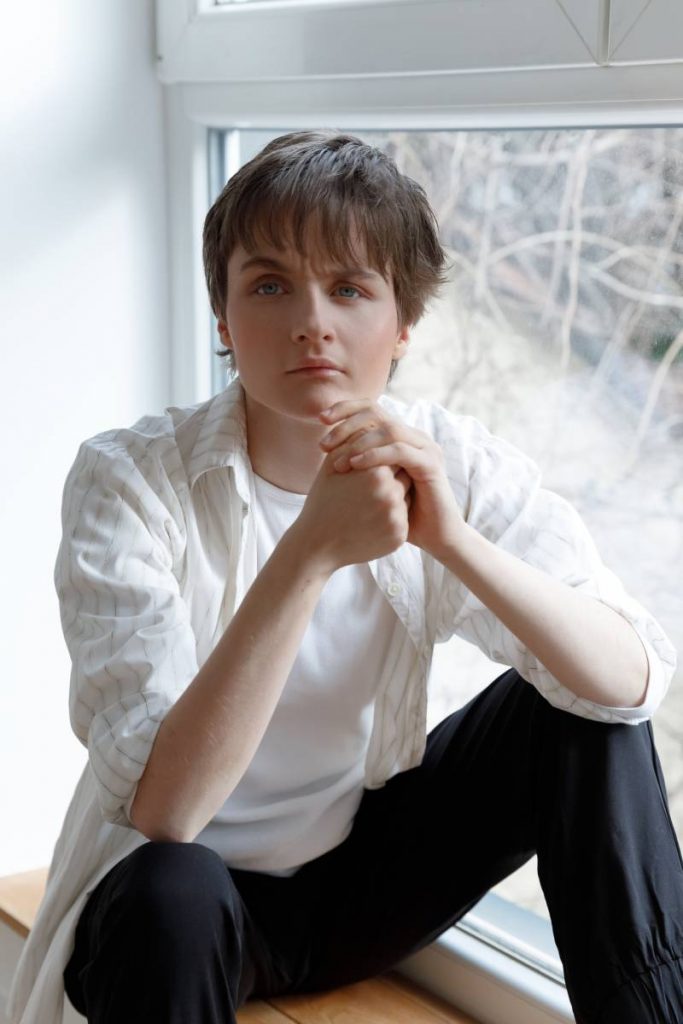
Born to Olga Rodovni, a Bolshoi opera vocal coach and to Belgian ambassador, legal scholar, theologian and philanthropist, Henry Lobert; the painter spent her youth in the United Arab Emirates, France and Libya. With her first composition commissioned by her sister in 2014 (who over years, observed Lobert’s disposition to drawing), Lobert’s first stroke of acrylic on canvas triggered what seemed like a fusion with this medium.
Free from conventional social conditioning from birth, her uniqueness confronts viewers with a visual presentation of a mind— by nature— free from set norms, perceptions and prejudices. The question critics have posed, is whether Lobert personifies a new era or a natural evolution of abstract expressionism? If Aristotle said “the aim of art is to represent not the outward appearance of things, but their inward significance”, is Lobert’s address of human consciousness, in its rawest imaginable form, the purest form of art we may encounter? Is Lobert’s growing appeal proof of Chagall’s statement whereby nearly all art created from the heart “works”, whereas “almost nothing” works in art “if from the head”?
What is certain, is that her work continues to leave the public in awe as she substitutes our conventional grasp of “voice” and normality with acrylic.
Cecile Lobert’s United Arab Emirates Jubilee Project celebrates the nation’s extraordinary stance and attributes for its Golden Jubilee.

The desire and capacity to unite on a humane level, through pure empathy for one another’s similarities, is universal. It is unity on this fundamental level, that makes way for unity in destiny, knowledge and prosperity; a few of the awe-inspiring pillars of the “UAE Vision 2021”. Lobert’s work advocates this exploration of self, to continuously enable unity as a people, a multicultural society and as a nation. From Homage—a very literal compositional nod marking the first of seven homages to the flag of the United Arab Emirates—to Encore— a poetic final amalgamation of her dedication and devotion to the nation— Lobert’s compositions highlight the remarkably diverse and united federation.
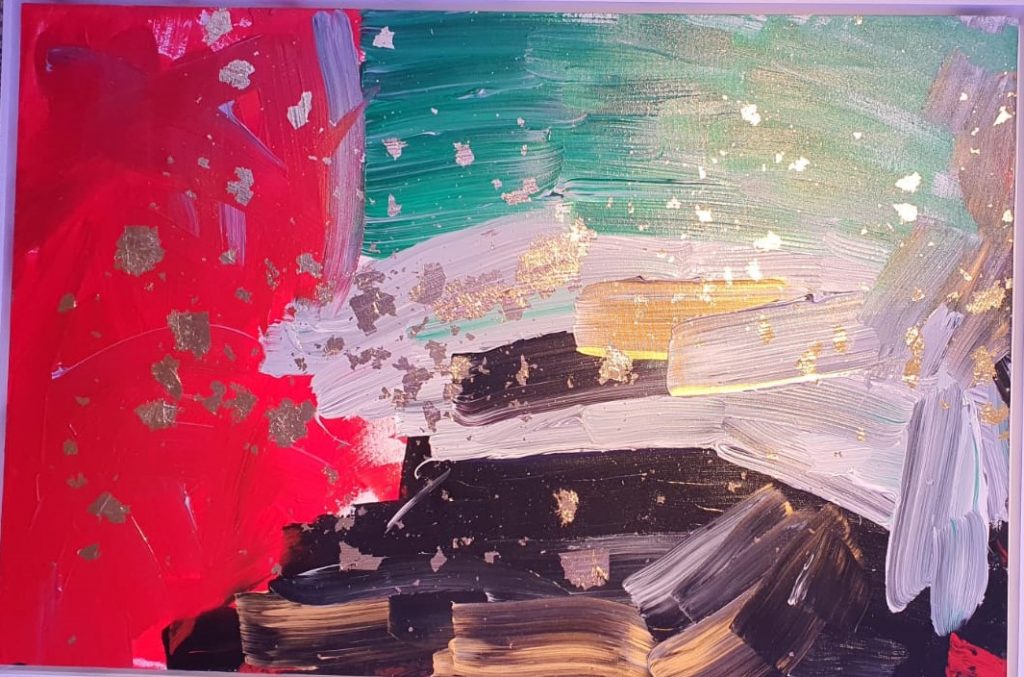
For 50 prosperous years, the nation has bestowed its picturesque nature, knowledge, forward-thinking spirit, hospitality and generosity onto countless lives, to “unite in responsibility, prosperity and in destiny” (UAE Vision 2021). It is for us to meet this challenge of self-discovery through empathy, and to remember that surmounting this challenge is what elevates and unites us.
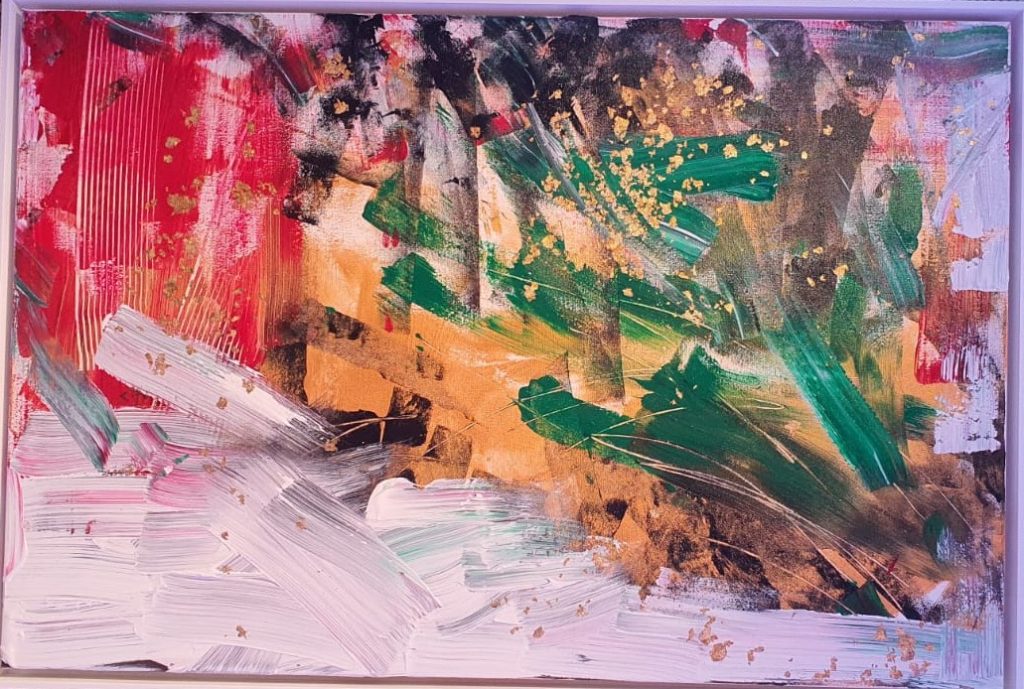
Lobert’s United Arab Emirates Jubilee Project is currently exhibited in Dubai’s DIFC at Intersect By Lexus, and is scheduled to show in several galleries in the region, with Lobert’s Quarantine Project later exhibiting in New York and Paris in 2022.
